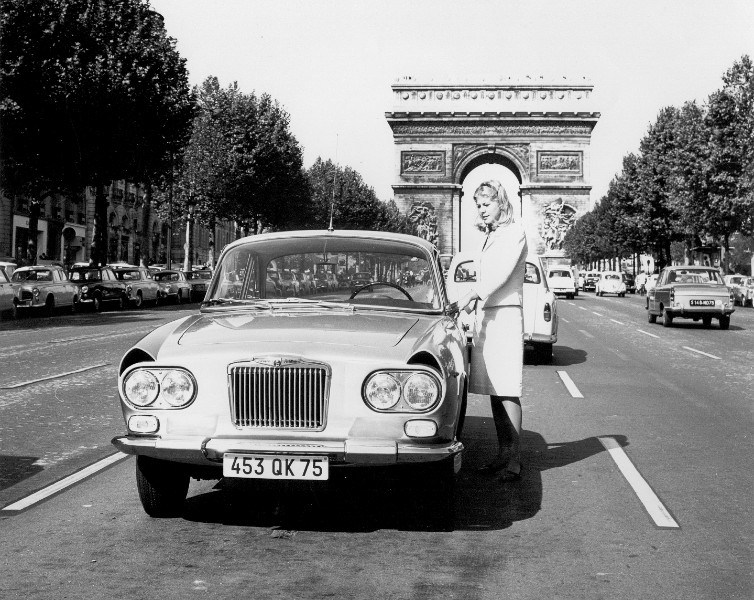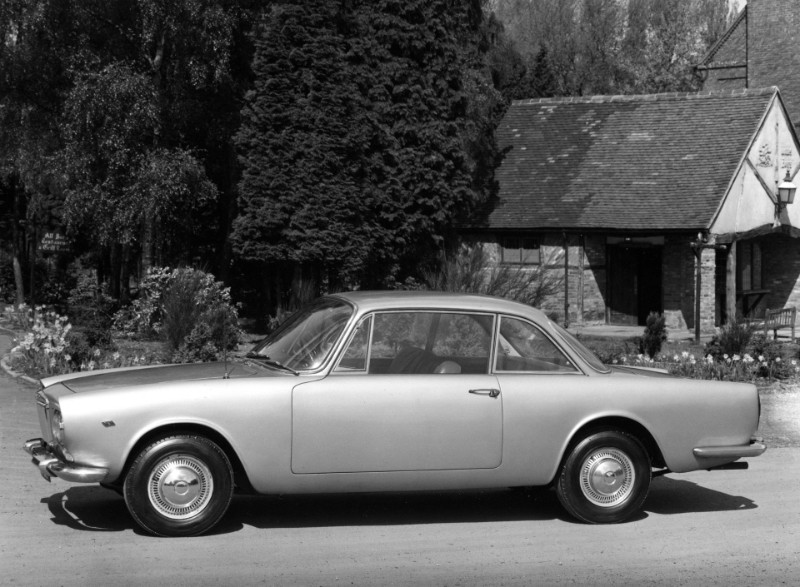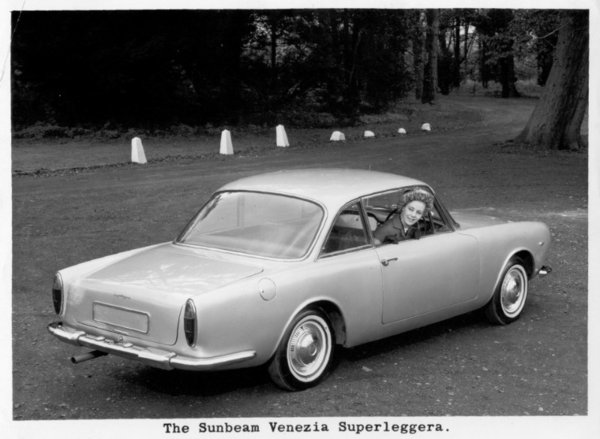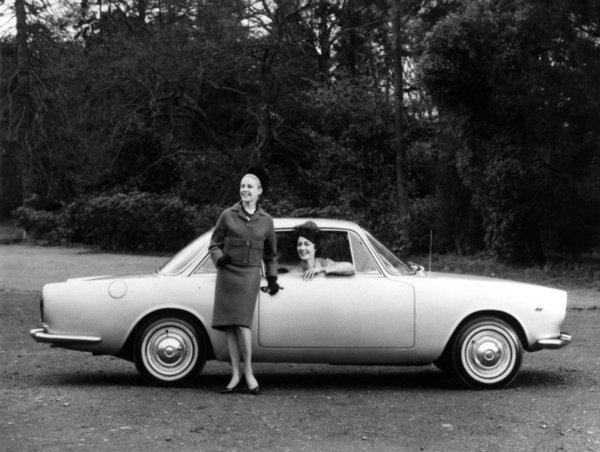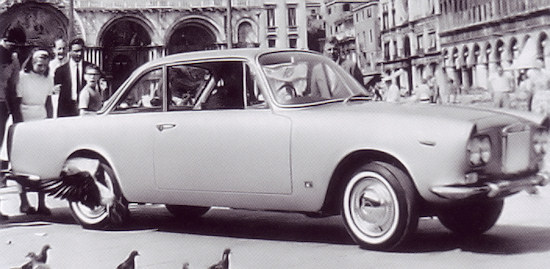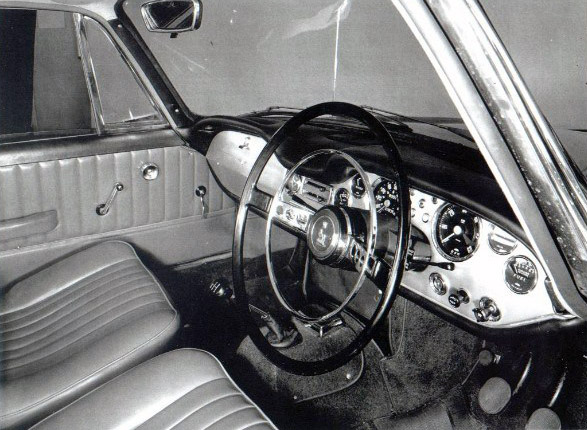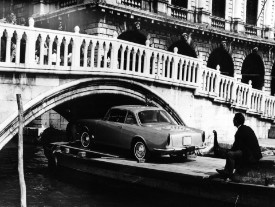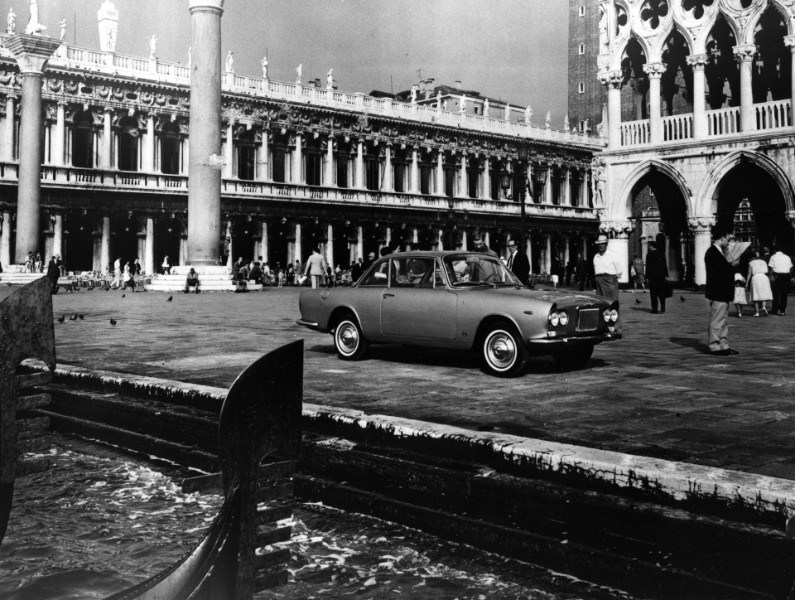The car was officially presented to the press on 12th September, 1963 in Venice and was transported for the occasion by gondola, becoming the first car to be taken to St. Mark’s Square.
At the start of the 1960s the Italian division of the British Rootes Group, based in Milan, was headed by George Carless, who had the idea to propose an elegant and sporty car specifically for the local market. The head of the Rootes Group, Lord Rootes, liked it and commissioned the project to be built by Carrozzeria Touring. In 1961 it was presented, initially as a 1:10 scale model, obtaining universal consent from the management.
Its style was inspired by other Touring models, including the Lancia Flaminia and Maserati 3500 GT, and it consisted of a steel frame with thin steel tubes in accordance with Superleggera Touring tradition. To emphasise the Italian styling of the car it was given the name Venezia.
The car was officially presented to the press on 12th September, 1963 in Venice and was transported for the occasion by gondola, becoming the first car to be taken to St. Mark’s Square. The press welcomed the Sunbeam-branded sports car, but many were doubtful about the high price of the car, which cost more than a Jaguar MkII but did not have particularly good performance since the mechanicals were derived from the Humber Sceptre and featured a 1592 cc engine producing 88 bhp.
The modest performance and high price led to the failure of the car, of which only about 200 examples were built from 1963 to 1964, 145 of them with Humber mechanicals and the remainder based on the Hillman Super Minx. The failure of the car caused big losses for both the Rootes Group and Carrozzeria Touring, which collapsed as a result to the debts caused by the huge investment to start production of the car, such as the opening of the new plant in Nova Milanese.
Text by Tommaso Lai
Translation by Norman Hawkes
Copyright © Cars Forgotten Stories. All rights reserved.







